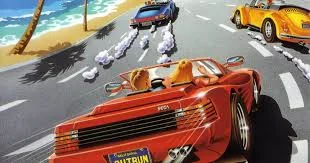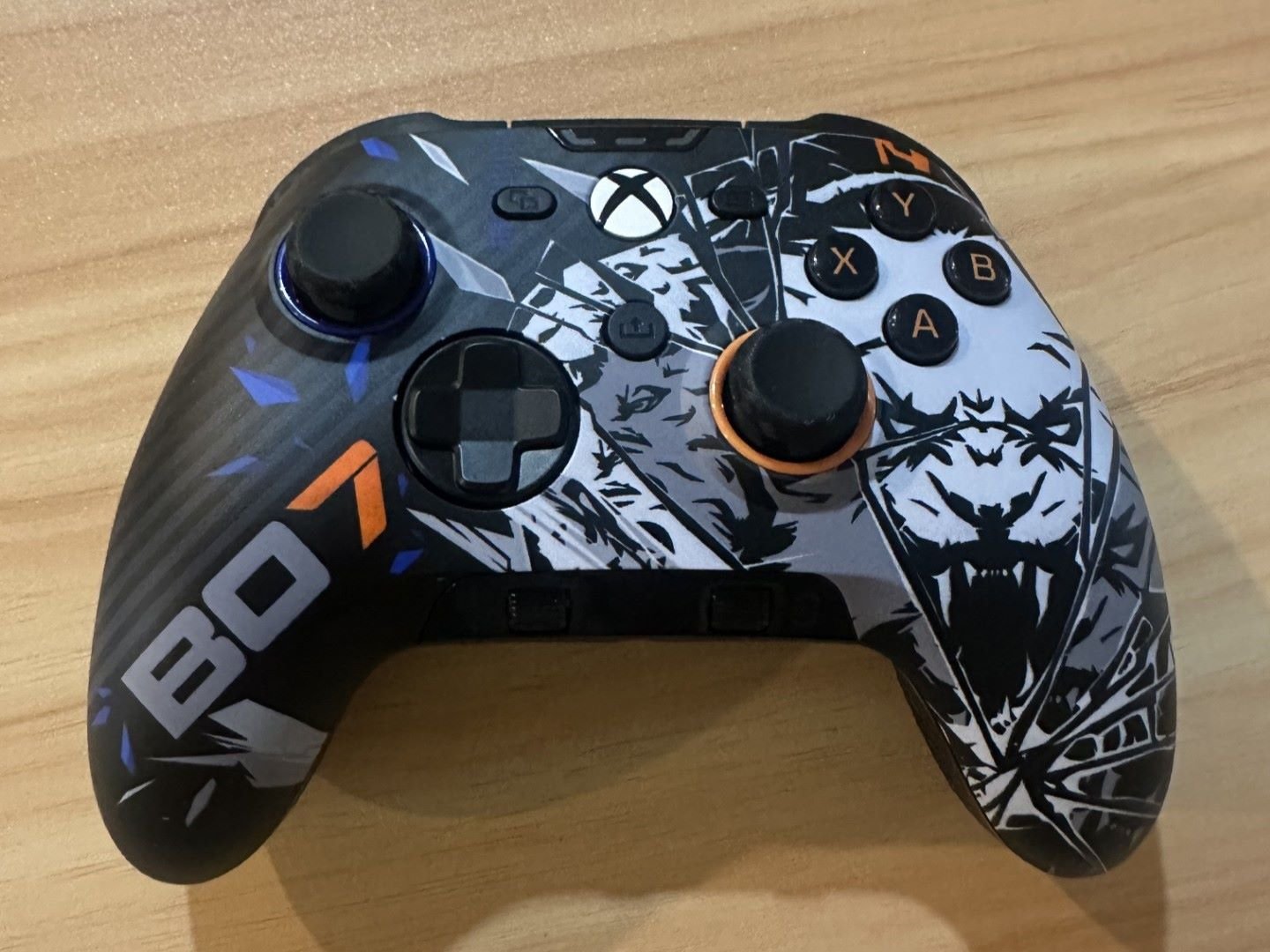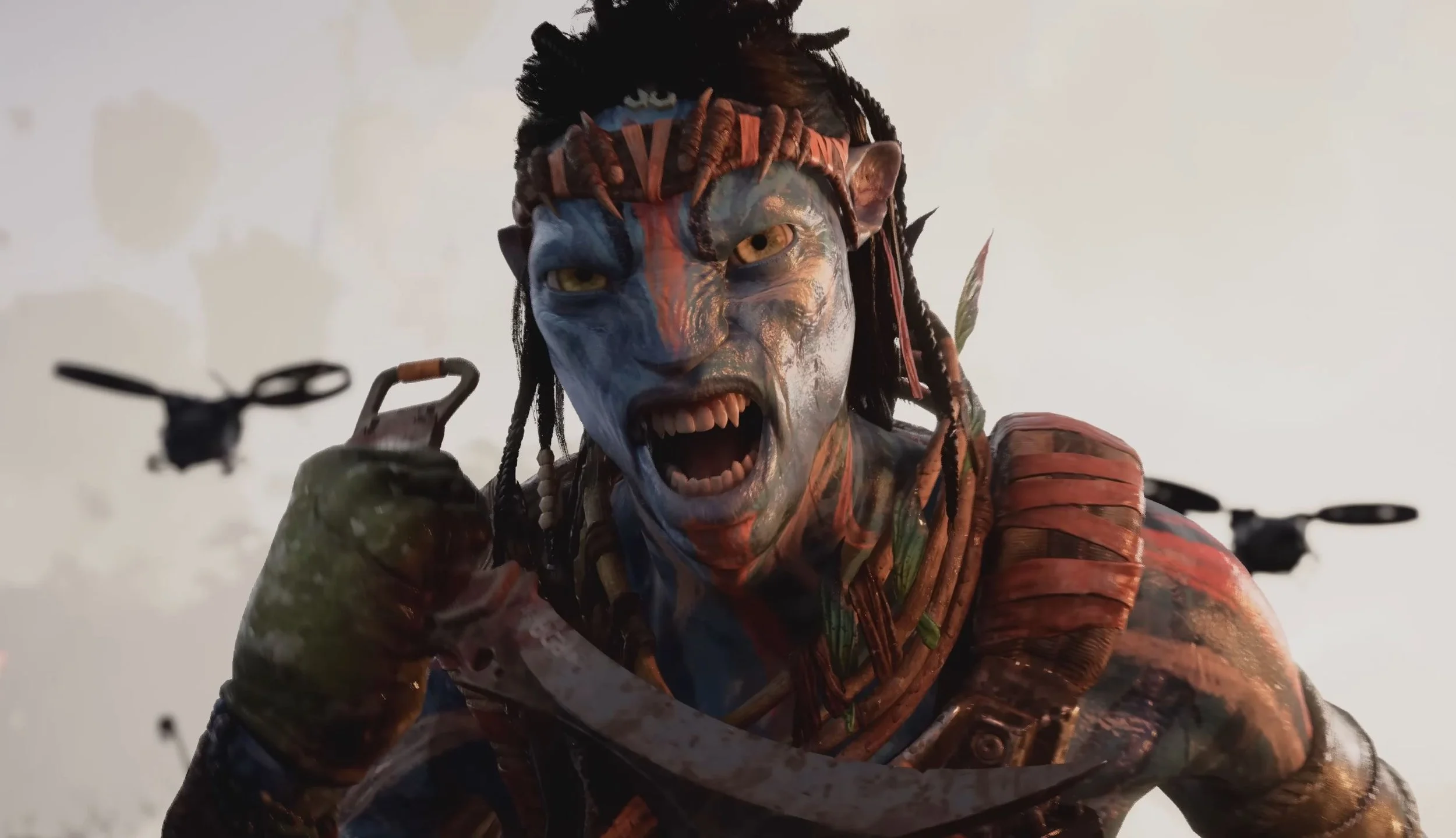Background
The year was 1990, Sega was becoming the console king of the gaming world and a new style of beat-em-up was beginning to emerge. With the advent of Double Dragon, the side-scrolling fighter became the hottest genre in town. Nintendo began to secure the rights to another stellar arcade title, a step up from Double Dragon to be sure - that was Capcom's Final Fight. This was a possible game-changer for Sega, with Final Fight confirmed to be released for Nintendo's 16-bit answer to the Genesis (Mega Drive) - the Super Famicom (SNES).
In the pre-Street Fighter 2 world, Final Fight was the most anticipated fighting game in the gaming world. Full of massive character sprites, a massive list of attack moves and a very accessible playable style. The news that this was going to be released on the Super Nintendo was devastating to Sega. Sega was, after all, famed for their arcade ports at this point. With their superb ports of Ghost N Goblins and Strider, they were thought to be a shoe-in to port Final Fight. But when this didn't happen, they began to formulate a new strategy - create a new game within the genre.
Bare Knuckle - Streets of Rage
Streets of Rage, called Bare Knuckle to give its Japanese name, was as close as Mega Drive owners would get (until the advent of the Mega CD) to Final Fight. If you look closely you might see that one of the characters - Axel Stone - bears more than a passing similarity to Final Fight's Cody. The core mechanics are the same, both Final Fight and Streets of Rage have combination move sets and grapples. There's also the ability to finish a grapple with a throw, which is perfect for dealing with multiple enemies.
But for all these similarities, Streets of Rage, sharing the same development team as Revenge of the Shinobi, was never just going to be a standard beat-em up clone. Grappling enabled you to vault over an enemy and then deliver a head cracking suplex onto the cold hard concrete. Grappling in co-op mode enabled players to combine attacks and deliver a powerful airborne attack. Another interesting addition was taking the concept of the shoot-em up's smart bomb and using it in a beat-em up. A tap of the A button brought a sympathetic colleague in a Police car to the scene. He then fires a bazooka, which decimates the enemy, it looks devastating, not to mention inventive.
Streets of Rage became incredibly popular and the ability to crack an enemy over the head with a baseball bat and grind their faces with broken bottles made this an incredibly violent title. The music was composed by chiptune legend Yuzo Koshiro, it's 80's trance at it's best. The sound effects were a little scratchy with Axel's battle cry being the worst culprit - sounding a little like a baby crying.
Streets of Rage was also ported to the Master System and the Game Gear and were very faithful to the Megadrive original. The developers managed to cram everything into these 8-bit versions and all the bosses were present and correct.
Squint and the Master System version could almost pass for the Mega Drive original!
Streets of Rage 2 - The Perfect Beat em up?
The sequel took the best elements of the prequel and made them even better. Streets of Rage 2 - or Bare Knuckle 2: The Requiem of the Deadly Battle is still ranked as one of the best games ever made. The smooth controls, gritty, bright environments, and outstanding music have stood the test of time but it's the ongoing narrative which is expressed through the levels which make the title still a compelling topic of gaming conversation.
The leader of the evil syndicate Mr. X has returned, he's also kidnapped your partner Adam ( one of the characters from the first game). Skate, Adam's brother joins the original team of Axel and Blaze and with the aid of Max - a professional wrestler, they take to the streets once again. Each character has their own special moves, but using these takes some health away from your character - so you must be judicious in their use. The combos are fluid and devastating and each character has a distinct move set. Axel and Blaze are the balanced characters, while Max and Skate represent strength and speed respectively.
Max's power attacks are devastating!
There's a balancing act which runs throughout the game, no cheap deaths or frustration which seem to run through most arcade brawlers. The developers carefully placed enemies and items (like healing food) and while the levels increase in difficulty, it never seems unfair. Yuzo Koshiro returns to craft the soundtrack and creates a soundtrack so powerful that it's still one of the finest today. It is designed to match the punches being thrown onscreen with the frantic beats and sublime music pulses almost perfectly set in tune with the violence.
Streets of Rage 2's narrative comes from its art style and backgrounds. The levels start one after the other, seemingly blended together. Social decay has hit the streets pretty hard, the amusement has become a hunting ground for thugs. The baseball court has even become an American blood sport with the rabid crowds baying for blood.
Streets of Rage 3 - A disappointment?
By the time that Streets of Rage 3 appeared in 1994, perhaps the side scrolling beat em up had lost some of its popularity. Capcom's Street Fighter 2 had established the dominance of the one on one fighting genre. Gamers now looked that genre for the competitive rush that they craved. It was perhaps this which explains why the third Streets of Rage game didn't receive the acclimation it perhaps deserves. It didn't come with the dramatic shift that occurred between the first and second games and visually it was quite similar to the second installment. However, the graphics are improved and an increase in the number of special moves which utilized the Megadrive's six-button controller. The title also included extensive cut scenes to narrate the story as it unfolded.
Axel's powerful Dragon Punch returns
The narrative in the Streets of Rage series went from conventional to nonsensically crazy in the third iteration. Giant Bombs, Kangaroos, and Cyborgs with Ph.D.'s are all on display. The latter character Dr. Zan is an old man with a cyborg's body and is a playable character alongside Axel, Skate, and Blaze.
There's not much difference between this title and its predecessor - the presentation looks worse and the soundtrack isn't as astonishing as Streets of Rage 2 . It's a solid enough title which suffered from the complete success of the previous title. It's obvious that the main reasons that this failed were due to the similarities between the previous game and the strange direction of the narrative.
As always, I welcome your memories and thoughts in the comments below.




























